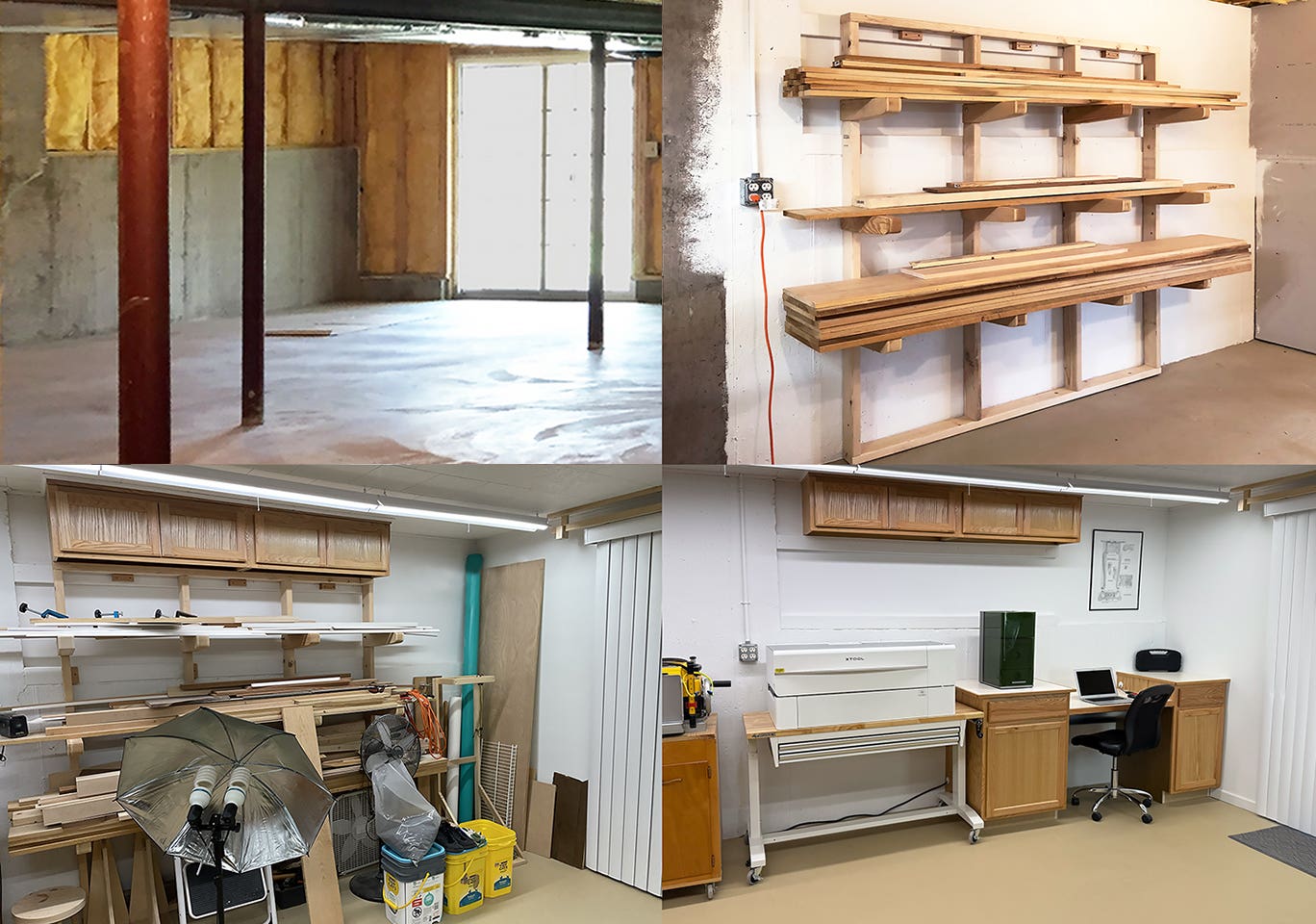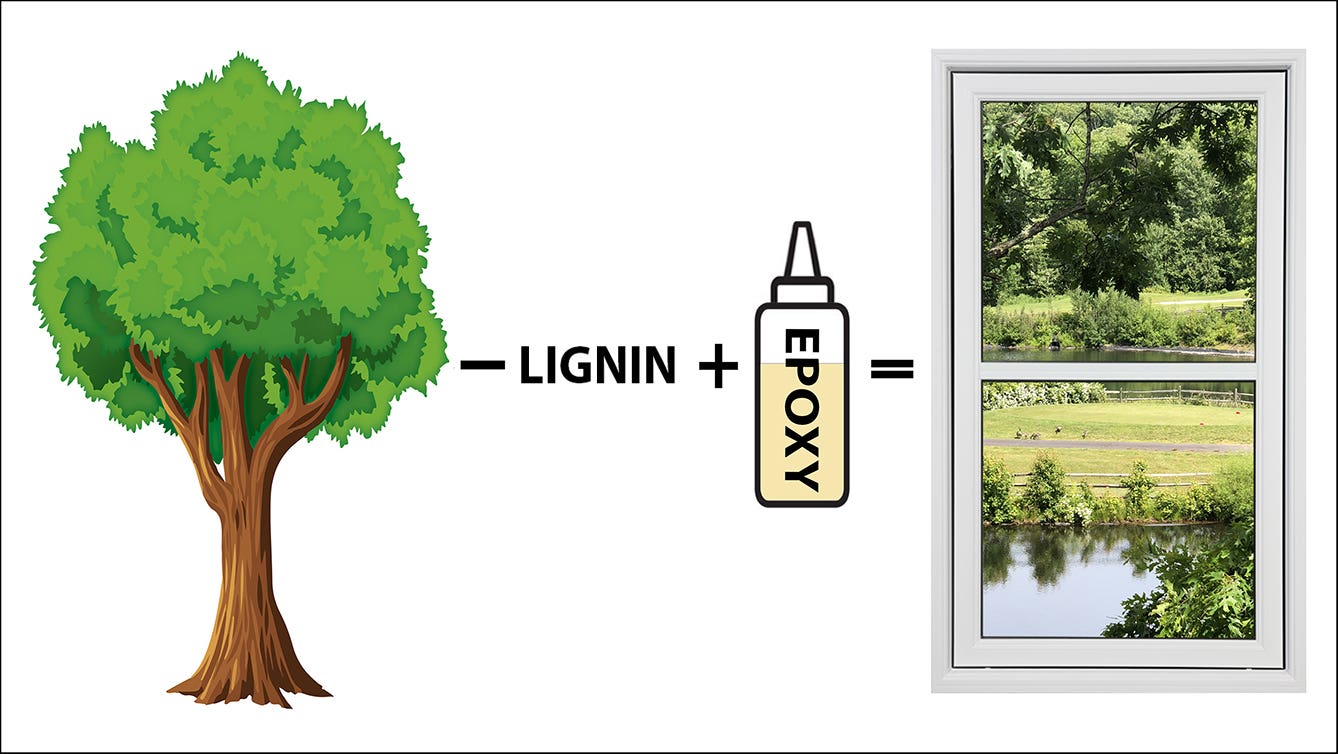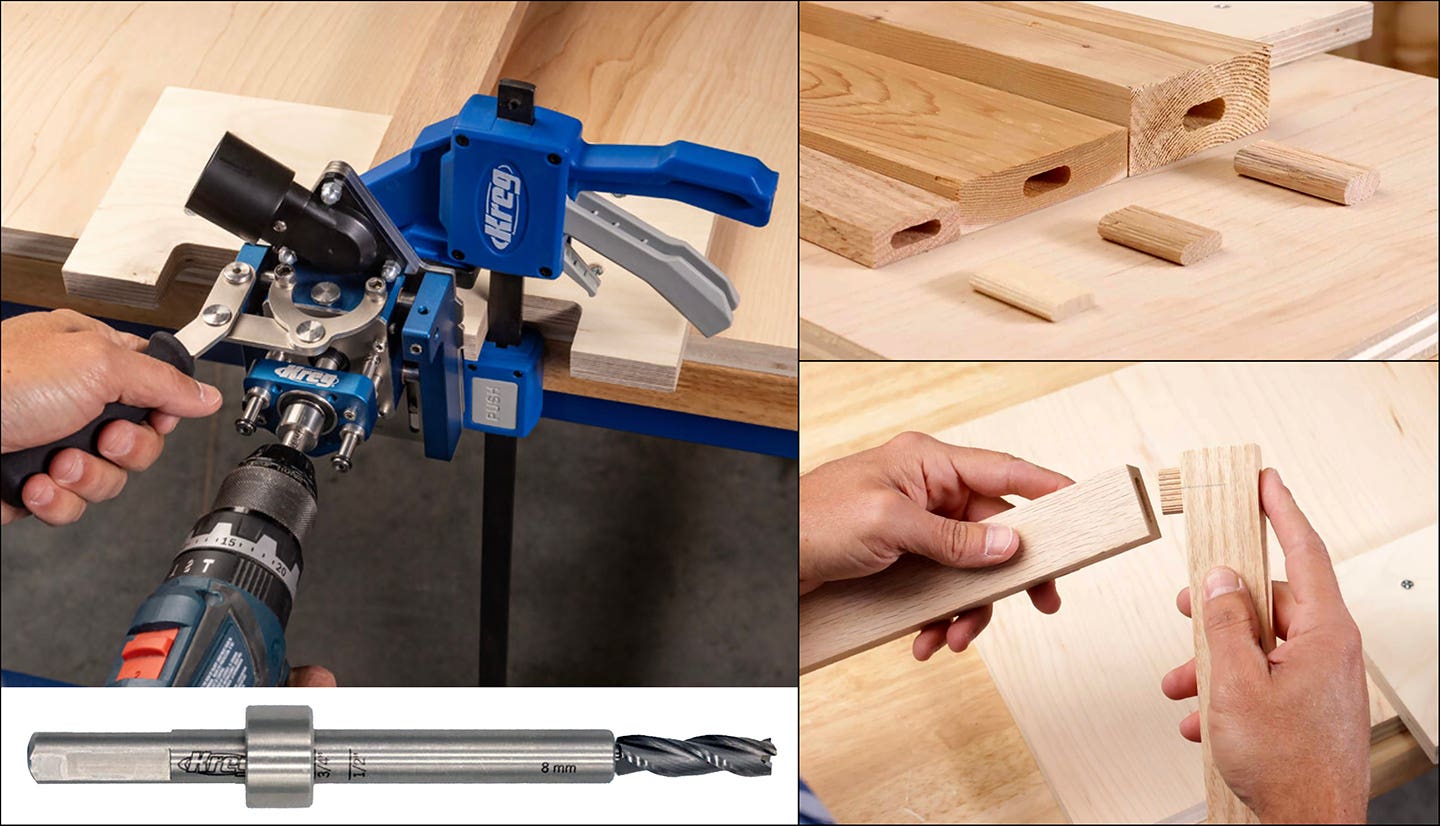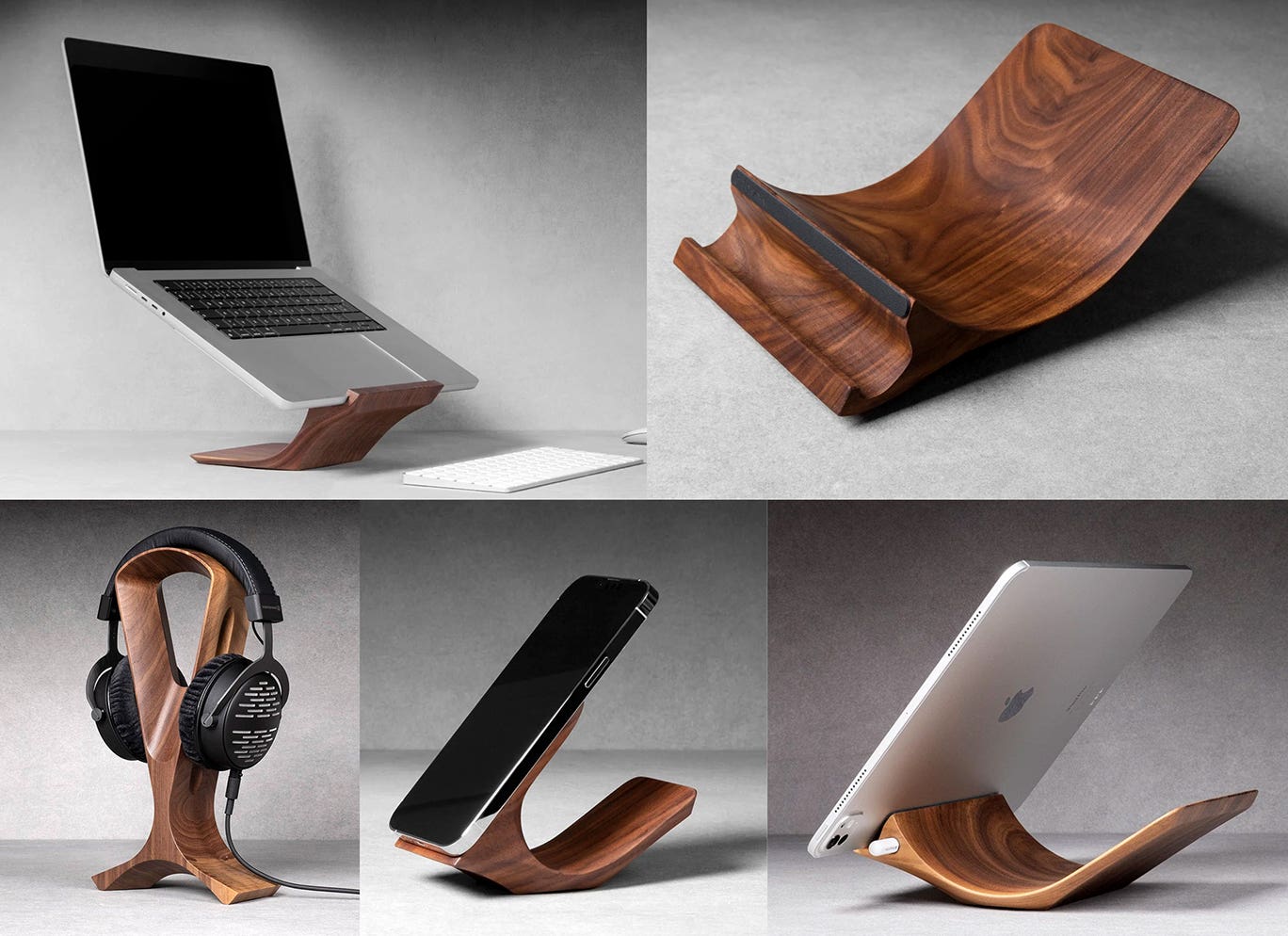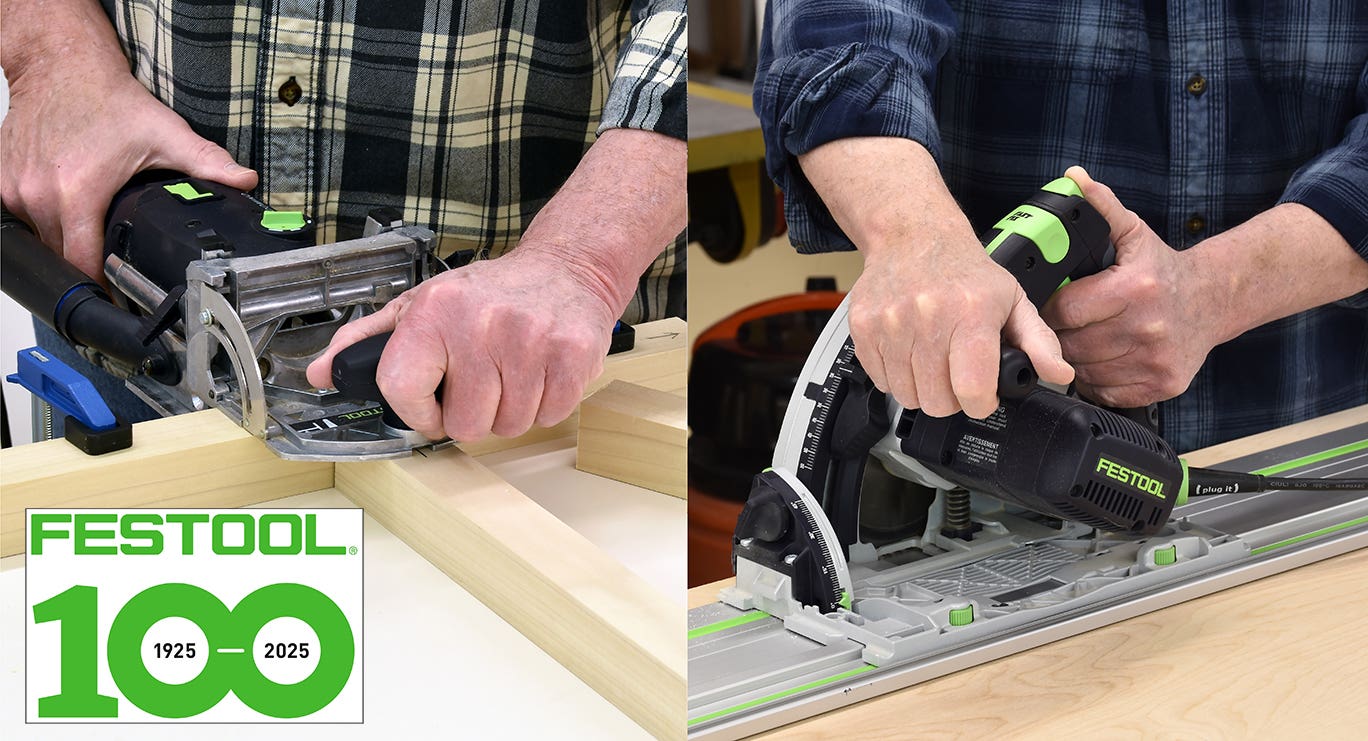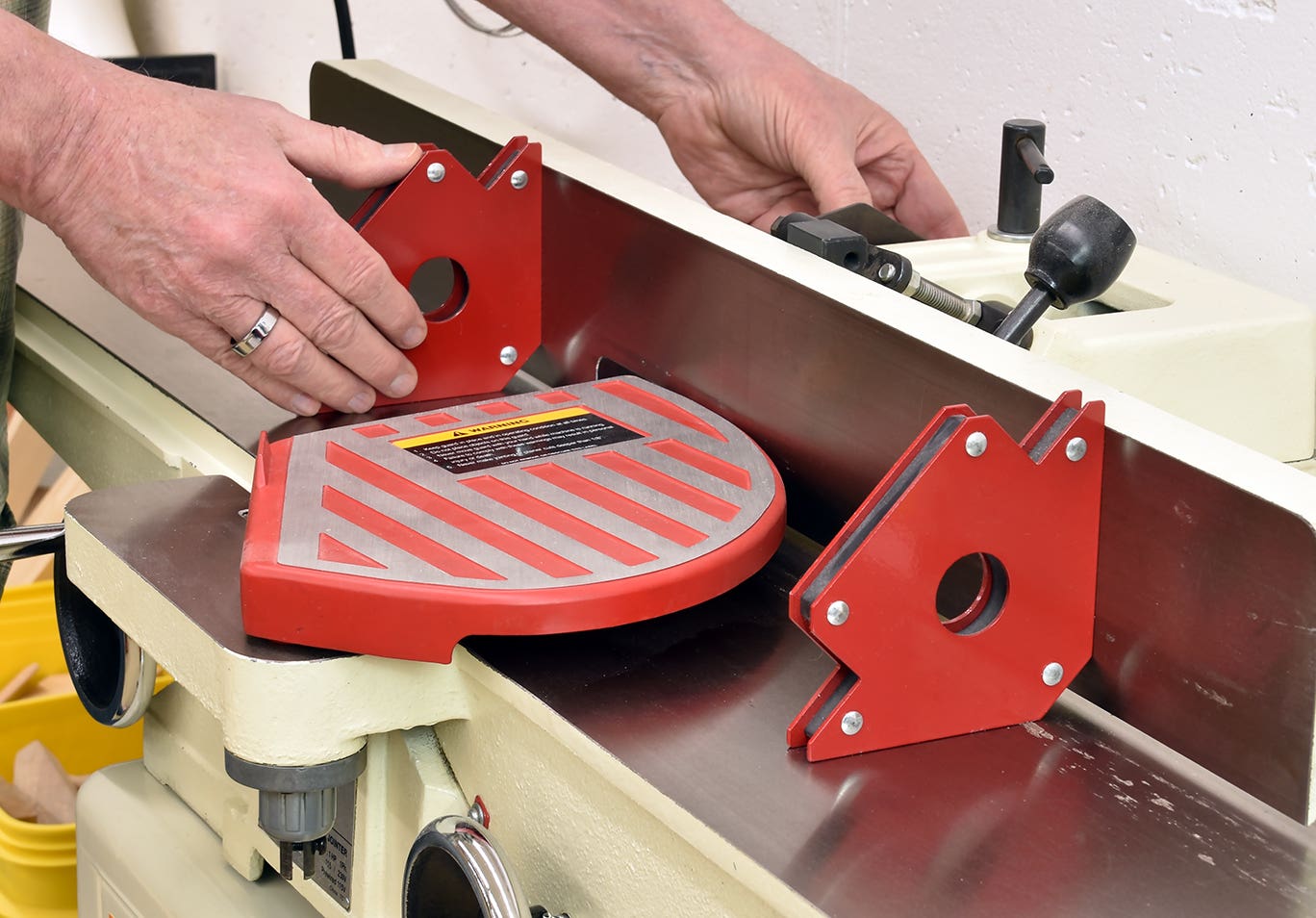Small-format CNCs are a great option
CNC router manufacturers recognize that smaller shops can’t justify the cost or space requirements of large-format machine so they’ve created a relatively new category of smallformat machines built for production work.
CNC router manufacturers recognize that smaller shops can’t justify the cost or space requirements of large-format machine so they’ve created a relatively new category of smallformat machines built for production work.
Just so we’re clear, I’m not talking about the desktop CNCs marketed to hobbyists. I’m talking about machines with welded steel frames, heavy-duty spindles and gantries, and high quality lineal guide system components.
Small-format machines are offered with two primary drive systems – ball screws or rack-and-pinion. There’s debate about which system is best, but they both have a long track record of getting the job done.
The electronics components are the most expensive part of any CNC machine. These include stepper or servo motors, controllers, controller software and a computing device to interpret the G-code that commands the X, Y and Z axis. Manufacturers building quality machines won’t skimp on these components.
You should also expect high quality customer service and user support, just as you would expect buying a large-format machine.
Many small-format CNCs use Vectric’s CAD/CAM software. Because of its popularity, there’s great deal of training available, especially for V-Carve Pro, at manufacturing sites and online.
Small-format CNCs are available in several configurations and with numerous accessories, some I’ll recommend.
First and foremost is a variable frequency drive (VFD) spindle. This is an expensive option but worth it to at least save your hearing. A VFD is much quieter than a production router, especially if it is running hours at a time. In the long run, you’ll save money on hearing aids.
Production routers aren’t designed to plunge vertically with excessive repetition. The shaft bearing will wear out quickly, which will affect accuracy and repeatability, and the bushings won’t last long. An air- or watercooled VFD spindle is clearly the better choice.
If you’ll be drilling lots of holes, consider an air drill. Again, a VFD spindle isn’t designed for extensive drilling.
The second must have is a Z-zero tool. It is standard on most small-format CNCs because setting the Z-zero height after changing tools is a frustrating and time consuming task for the operator. If it’s not standard equipment, get it.
CNCs make more dust than any other woodworking machine, especially cutting MDF, so get a dust shoe.
The fourth is a set of router bits from the CNC manufacturer. Use this set exclusively with your new CNC and you will get accurately machined parts over and over. When they wear out, buy another set from the manufacturer. In my experience, this is the best way to go.
Two accessories are worth considering. A probe tool is valuable to replicate parts, while a rotary axis basically turns a CNC into a lathe. A rotary axis can produce some amazing designs, far beyond anything a skilled turner can do. Combined with the probe tool, any spindle can be replicated or repaired.
Small-format CNCs will expand the capabilities of a small shop, no matter what type of work is done.
This article originally appeared in the October 2017 issue.


